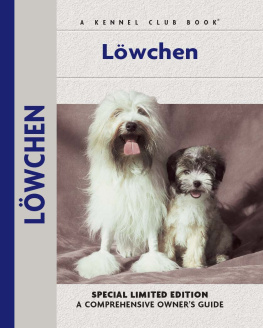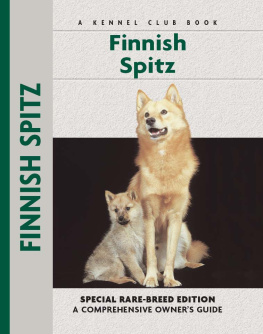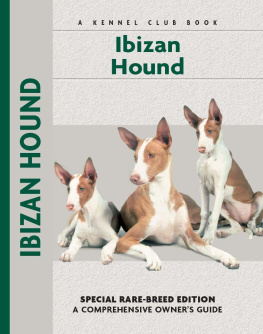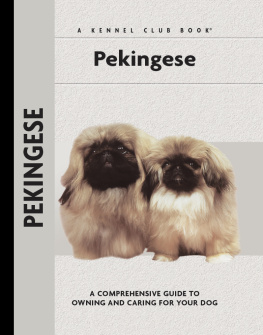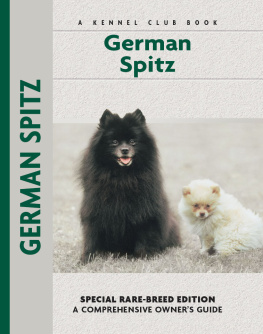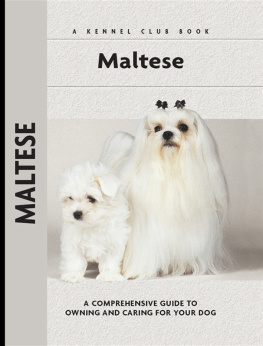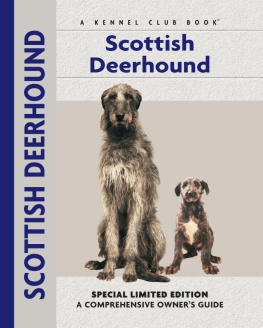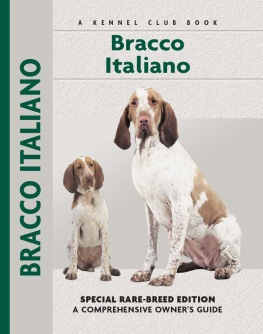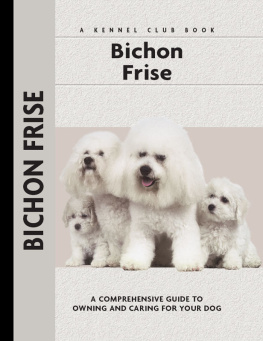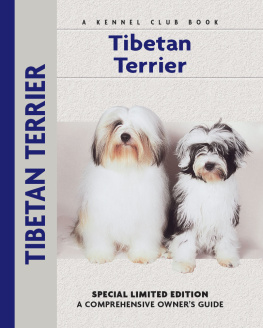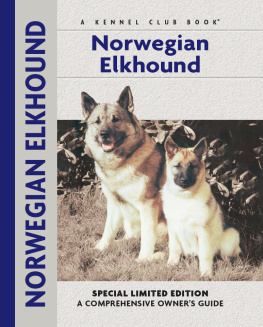Physical Characteristics of the Lwchen
(from the American Kennel Club breed standard)
Eyes: Set well into the skull, large, dark and round in shape, set well apart and forward looking.
Nose: Dark in color.
Muzzle: Equal in length or slightly shorter than the backskull.

Bite: Scissors.
Lips: Tight, with color the same as the nose.
Forequarters: The shoulders are strong and well laid back with smooth musculature. The elbows are held close to the body. The pasterns are short, parallel from the front and very slightly bent when viewed from the side. The forefeet point straight ahead, and are well arched.
Ears: Pendant, moderate in length, well fringed.
Neck: Of good length, with a slight arch, fitting smoothly into the shoulders and topline.
Topline: Level from withers to tailset.
Body: Slightly off-square when properly balanced.
Tail: Set high and carried in a cup-handle fashion over the back.
Hindquarters: The pelvic bone projects beyond the set of the tail. The upper and lower thighs are well muscled. The stifles are well bent. The hocks are well let down and perpendicular to the ground from any angle. The hindfeet are slightly smaller than the forefeet.
Size: Ideally 12 to 14 at the withers.
Coat: The untrimmed coat is long, rather dense and moderately soft in texture. It has a slight to moderate wavy appearance. TrimTrimmed in the Lion Trim.
Color: All colors and color combinations are acceptable.
Underline: Slight tuck-up at the loin.

Contents

Enter the den of the Little Lion Dog and meet one of Europes most intriguing companion dogs, the lion-clad relation of the Bichon family. From Buffons early descriptions of the breed and Renaissance portraits to its modern-day incarnations in show rings and homes, the Lwchen comes to us with a colorful history that is fascinating to read.

Discover the cause of the Lwchens growing popularity: its distinctive appearance and hardy yet small construction and its amenable and affectionate personality. Learn about the breeds physical characteristics, disposition and health considerations before deciding if the Lwchen is the right dog to add to your pride.

Learn the requirements of a well-bred Lwchen by studying the description of the breed set forth in the American Kennel Club standard. Both show dogs and pets must possess key characteristics as outlined in the breed standard.
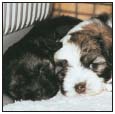
Find out about how to locate a well-bred Lwchen puppy. Discover which questions to ask the breeder and what to expect when visiting the litter. Prepare for your puppy-accessory shopping spree. Also discussed are home safety, the first trip to the vet, socialization and solving basic puppy problems.
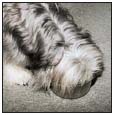
Cover the specifics of taking care of your Lwchen every day: feeding for the puppy, adult and senior dog; grooming, including coat care, ears, eyes, nails and bathing; and exercise needs for your dog. Also discussed are the essentials of dog identification.

Begin with the basics of training the puppy and adult dog. Learn the principles of house-training the Lwchen, including the use of crates and basic scent instincts. Get started by introducing the pup to his collar and leash and progress to the basic commands. Find out about obedience classes and other activities.

By Lowell Ackerman DVM, DACVD
Become your dogs healthcare advocate and a well-educated canine keeper. Select a skilled and able veterinarian. Discuss pet insurance, vaccinations and infectious diseases, the neuter/spay decision and a sensible, effective plan for parasite control, including fleas, ticks and worms.

Know when to consider your Lwchen a senior and what special needs he will have. Learn to recognize the signs of aging in terms of physical and behavioral traits and what your vet can do to optimize your dogs golden years.
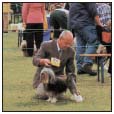
Step into the center ring and find out about the world of showing pure-bred dogs. Acquaint yourself with the basics of AKC conformation showing, including how shows are organized and whats required for your dog to become a champion. Also discuss other types of competitive events such as obedience and agility.
K ENNEL C LUB B OOKS L WCHEN
ISBN 13: 978-1-59378-288-7
eISBN 13: 978-1-62187-044-9
Copyright 2006 Kennel Club Books An Imprint of I-5 Press A Division of I-5 Publishing, LLC
3 Burroughs, Irvine, CA 92618 USA
Cover Design Patented: US 6,435,559 B2 Printed in South Korea
All rights reserved. No part of this book may be reproduced in any form, by photostat, scanner, microfilm, xerography or any other means, or incorporated into any information retrieval system, electronic or mechanical, without the written permission of the copyright owner.
10 9 8 7 6 5 4 3 2 1
Photography by Carol Ann Johnson
with additional photographs by:
Alice Bixler, Mary Bloom, Paulette Braun, T.J. Calhoun, Alan and Sandy Carey, Isabelle Franais, Bill Jonas, Karen Taylor, Michael Trafford and Alice van Kempen.
Illustrations by Patricia Peters.
The publisher would like to thank Alice Bixler for contributing the section on the breeds history in the United States.

Two modern European champion representatives of the Lwchen, showing off their impressive coats.

ORIGIN OF THE BREED
The Lwchen is one of many breeds whose history has been rather lost in time, though it would appear that the breed has existed, at least in similar form, for about 2,000 years. The earliest known name of the breed is Maltese Lion Dog; to add to the confusion, some Maltese and other breeds were also trimmed in a manner resembling that of the Lwchen we know today. The Lwchen is, in fact, just one of a group of breeds sharing similar ancestry: the Maltese, Bichon Frise, Bolognese, Havanese and Coton de Tulear. Even today, it is sometimes difficult for people unfamiliar with these breeds to distinguish among them. However, the Lwchen clearly stands out as different from the rest because of his characteristic trim, resembling the coat of a lion. All of the aforementioned breeds come from the same root stock, but each has evolved in its own special way, due in part to whim and fancy and in part to trading routes as they were opened up through the centuries.
Next page
